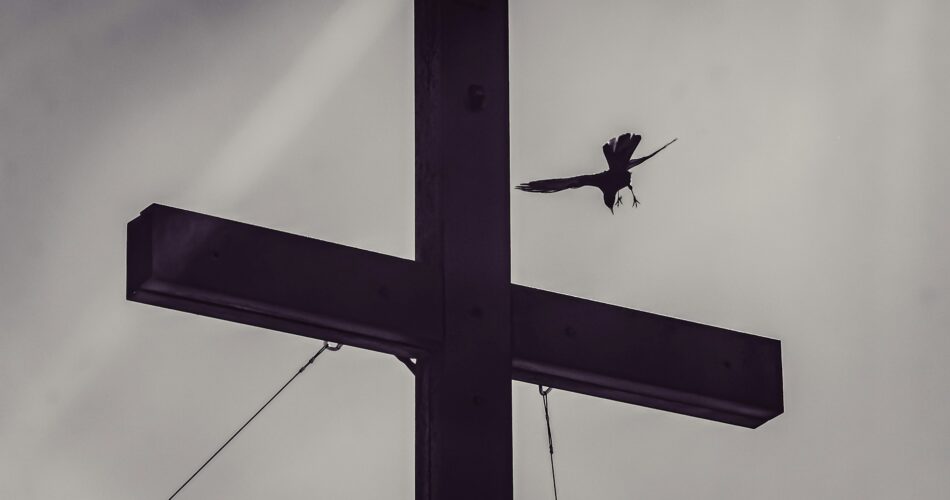Lost Artwork Of The Ancients Restored
A 1,600-year-old mosaic discovered near Kibbutz Urim in Israel’s Negev Desert has been unveiled to the public for the first time. Found in the late 1980s, the mosaic is considered one of the most extraordinary examples of Byzantine art in Israel. Originally part of a monastery, the artwork features 55 medallions intricately portraying mythological figures, animals, fruits, and scenes from daily life. Archaeologists believe the mosaic reflects the artistic sophistication and vibrant religious life of the Byzantine era.
The site also revealed evidence of winemaking, including a large winepress and storage areas, suggesting that the monastery once produced and sold wine as a source of income. However, after its discovery, the mosaic began to deteriorate due to exposure. To preserve it, conservation teams relocated the piece to a protected compound within the Merhavim Regional Council. After extensive restoration, the mosaic is now safe from further damage and ready for public display.
An opening ceremony marked the mosaic’s debut, attended by government officials, local leaders, and residents. The event included archaeological demonstrations and educational activities, aiming to engage the community and highlight the region’s historical significance. Officials emphasized the importance of preserving such cultural treasures, especially in regions close to conflict zones like the Gaza border.
The display is part of a broader national effort to make ancient sites more accessible to the public. New infrastructure has been added, including explanatory signs and seating areas, turning the location into an open-air museum. Leaders hope the site will become a destination for students, tourists, and history enthusiasts, drawing attention to the area’s rich heritage.
The mosaic’s location lies along an ancient trade route that once linked the Negev with Gaza, a path used by travelers and traders in both the Roman and Byzantine periods. Archaeologists suggest that the surrounding settlement served as a resting point along this route, offering safety and shelter in the desert. The reintroduction of the mosaic to public view reconnects the modern community with a vivid chapter of its distant past.
